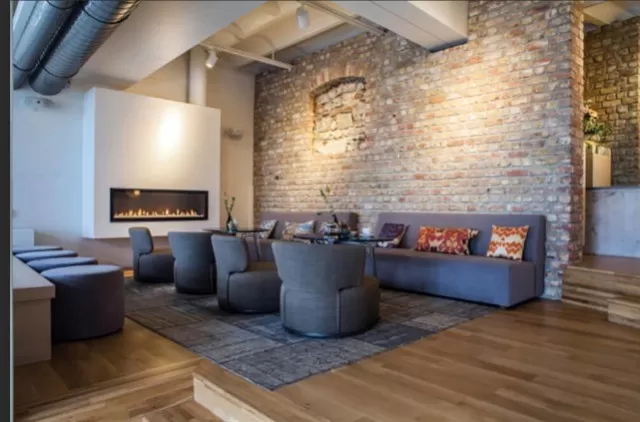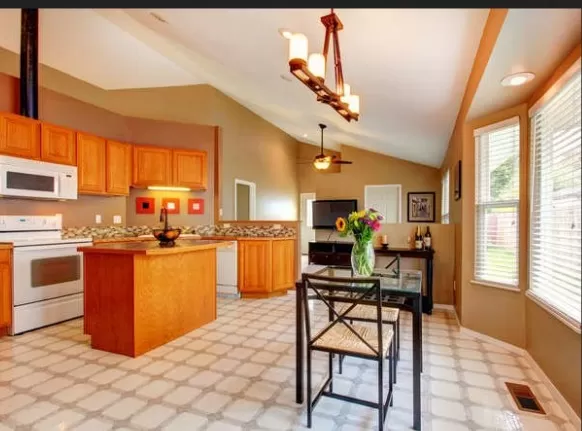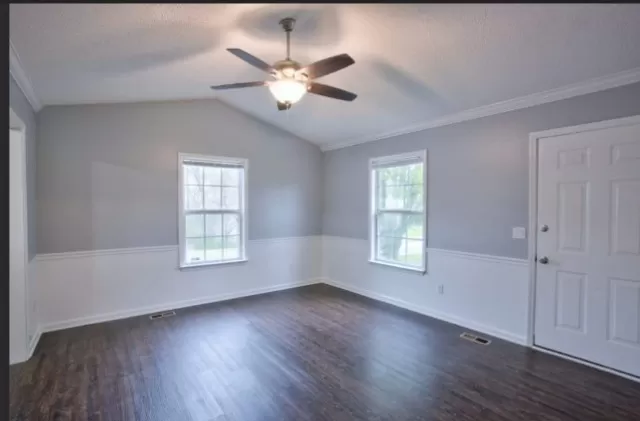Modernize Your Space: Identifying Outdated House Elements. Design trends come and go, and what was once considered hip and modern can eventually become outdated. If you notice these design trends in your home, it may be a sign that your space could benefit from an update.
Rejuvenate Outdated Elements: Reviving Your Home’s Style

Certain design elements in homes possess a nostalgic allure, evoking a sense of history or vintage charm.
On the other hand, some features have not endured the test of time and now appear passé. When a trend was once so pervasive in a specific era that it instantly reveals the age of your home, it becomes a clear indicator that you haven’t undertaken renovations in decades.
Naturally, you might not be concerned about staying in line with current trends. If you have a fondness for a distinctive feature, feel free to retain it.
However, if you’re contemplating changes to enhance your home’s resale value, it would be wise to consider modernizing these outdated elements.
Ubiquitous Carpets: Time to Embrace Hardwood
In the past, wall-to-wall carpeting was considered a lavish necessity, but nowadays hardwood flooring reigns supreme.
While carpets provide a cozy and sound-absorbing surface, particularly beneficial in bedrooms, it’s worth considering a switch to hardwood for the main floor of your home. Not only does hardwood align better with contemporary home trends, but it also offers improved hygiene.
Outdated Honey Oak Cabinets: Transforming Your Kitchen\’s Look

Honey oak cabinets, once a common sight in kitchens during the 1980s and ’90s, have lost their appeal with the rising popularity of white and gray cabinets.
If you’re not fond of your light-stained cabinets but they are still in good condition, you can explore options to revive them. Consider refinishing or painting the existing cabinets as a cost-effective solution to give your kitchen a refreshed appearance.
Updating Beige Walls: Embracing Modern Neutrals
In the realm of neutrals, the preferred choice has transitioned from warmer beiges with hints of pink, yellow, or peach to the ever-popular gray tones.
As a result, the warm-toned beiges now seem outdated. If you find gray to be too cool for your taste, a great alternative to consider is “greige,” a blend of gray and beige. Greige offers a light and versatile neutral option that combines the coolness of gray with the warmth of brown undertones, striking a balance between the two and providing a modern aesthetic for your walls.
Textured Popcorn Ceilings: Dealing with an Outdated Dilemma

Popcorn ceilings, characterized by their nubby texture, were a popular choice in homes throughout the mid-20th century.
Challenging Maintenance of Popcorn Ceilings: Lingering Despite Unpopularity
The difficulty in cleaning and maintaining popcorn ceilings, especially in the inaccessible corners where cobwebs tend to gather, has contributed to their decreasing desirability. Despite their waning popularity, popcorn ceilings can still be found in numerous homes today, with many homeowners grappling with the challenges they present.
The persistence of popcorn ceilings in many homes today is often attributed to the complex and costly process of removing them. In addition, the presence of asbestos in some older popcorn ceilings raises health concerns, further complicating their removal. Homeowners are often left with the dilemma of either living with the outdated and challenging-to-maintain ceilings or undertaking a potentially disruptive and expensive renovation project.
While popcorn ceilings may have fallen out of favor, there are options to mitigate their drawbacks. One approach is to regularly clean and maintain the ceilings to minimize the accumulation of dust and cobwebs. This can involve using specialized tools and techniques to reach the inaccessible corners more effectively.
Alternatively, some homeowners choose to cover the popcorn texture with a layer of drywall or other ceiling treatments. This not only provides a fresh and updated look but also eliminates the maintenance challenges associated with the textured ceilings.
It’s important for homeowners to weigh the pros and cons of different approaches and consider their specific circumstances before deciding on the best course of action for dealing with popcorn ceilings. Whether it’s embracing alternative solutions, seeking professional help for removal, or simply accepting their presence, finding a resolution that suits both aesthetic preferences and practical considerations is key.
One of the reasons for their persistence is the potential presence of asbestos in some of these ceilings, making their removal an expensive, messy, and potentially hazardous process.
*The information is for reference only.